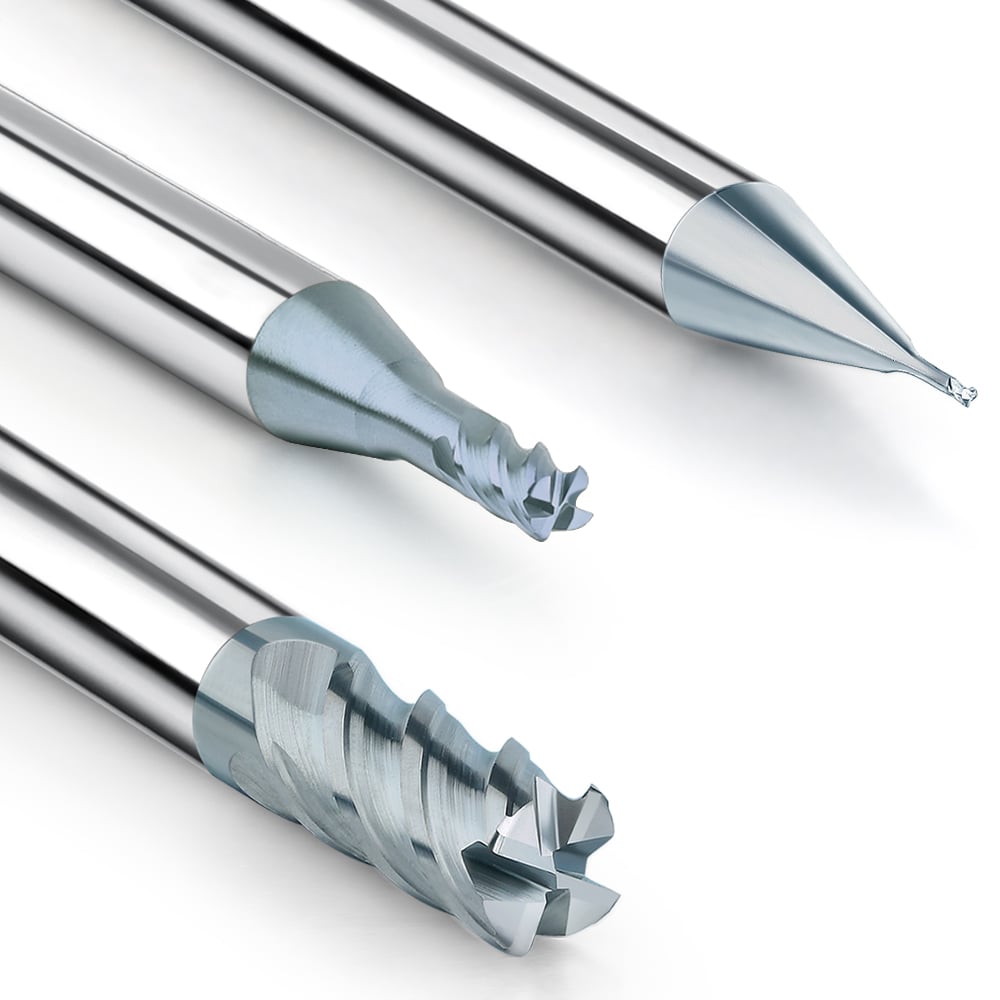Abnormal chipping and breaking of blades are the most troublesome problems for tool users. They will lead to a series of problems such as increased processing costs, scrapped or reworked workpieces, and low processing efficiency. Especially for expensive CBN blades, chipping and breaking of blades will cause great waste. Therefore, it is very important to choose and use CBN blades correctly.
Performance Factors of CBN Insert Itself
The performance factor of the CBN blade itself, the larger CBN particles and the suitable binder sintered as a whole will have a high tensile strength. This is also the advantage of the overall CBN blade commonly used in rough processing. In addition to the high-purity raw materials required in the production process of CBN blades, the CBN powder needs to be processed through many procedures such as deoxidation and its bulk density is tested. This is also the biggest reason for the uneven quality of CBN inserts on the market. In addition, the synthesis process directly determines the shape and size of the polycrystalline grains of the CBN blade during synthesis.
Selection Factors for CBN Inserts
The selection factors of CBN blades: the cutting depth of welded composite CBN blades is generally controlled within 0.3mm or even less to ensure the safety of use. If there is strong intermittent cutting, any welded composite CBN blade cannot guarantee that the blade will not break. At this time, only the integral CBN blade can be selected.
Tool Model Selection Factors
Tool model selection factors, for CBN blades of the same performance grade, the impact resistance is in the order of round blades. Commonly used 25 degrees, 45 degrees, 75 degrees, 83 degrees, 90 degrees (tool main deflection angle after clamping). In addition to the main deflection angle, the negative chamfer width, angle and edge treatment of the CBN blade itself also affect the strength of the blade.
Other Influencing Factors
Influence of cutting parameters. From the perspective of cutting force, reducing the amount of cutting is the most feasible way. For intermittent turning or slender shaft processing, the speed needs to be reduced.
Reasons for the machine tool itself. First of all, the overall system rigidity of the machine tool must be good to avoid causing processing vibration. Pay attention to avoid “stifling” during rough processing.
Extension length of the tool bar. If the tool bar is extended too long, there is a risk of vibration and chipping. The extension length is best within the tool square size.
Tool bar quality factor. A good quality tool bar has the characteristics of excellent thermal conductivity, good rigidity and good shock resistance. Although the price is a little higher, it does not have a big impact on the total processing cost, and it will significantly reduce unnecessary waste of blades.
Use of cutting fluid. CBN blades can use coolant when rough processing materials such as gray cast iron. However, there is a risk of thermal stress causing cracks in the CBN blade and chipping.
In some cases, the impact resistance and wear resistance of the blade itself are not contradictory. For example, when rough processing cast iron parts with heavy loads, the impact resistance of YG-type turning tools is good. However, after the tool is quickly worn, it will produce strong cutting resistance, which will also cause chipping. This has led to misunderstandings among tool developers and users. The fundamental reason why tools are not impact-resistant is that they are not wear-resistant.











